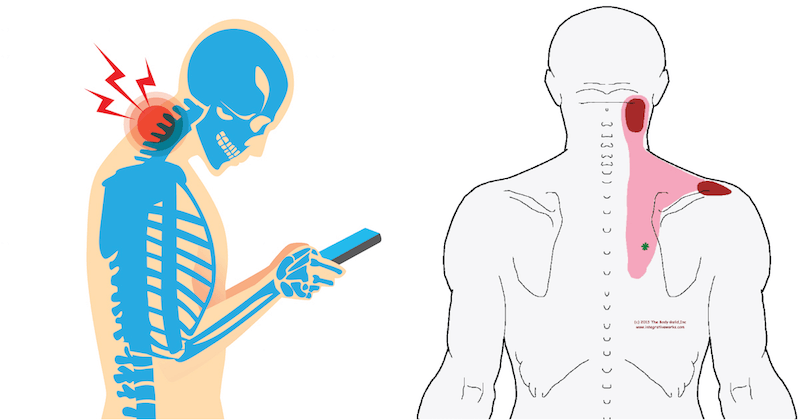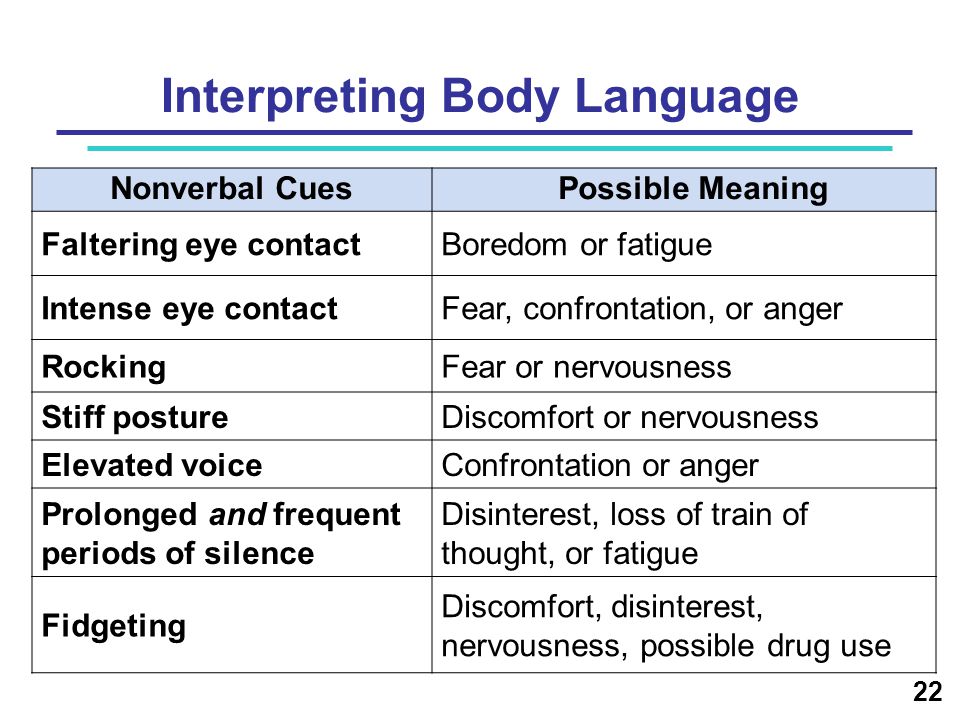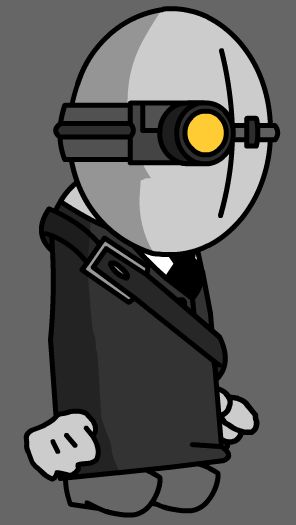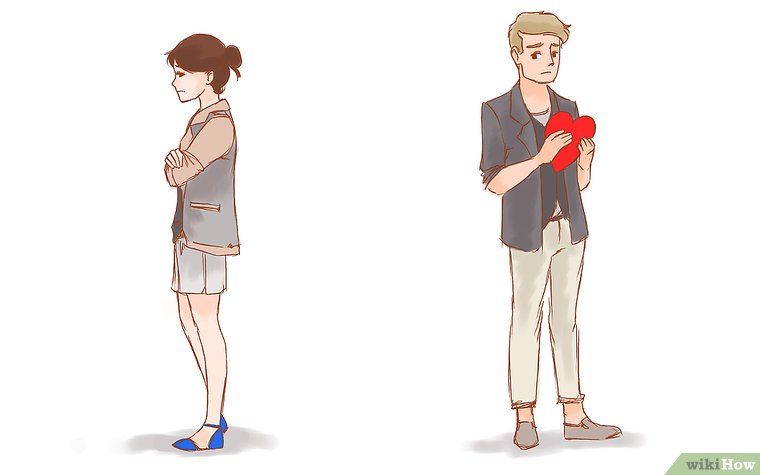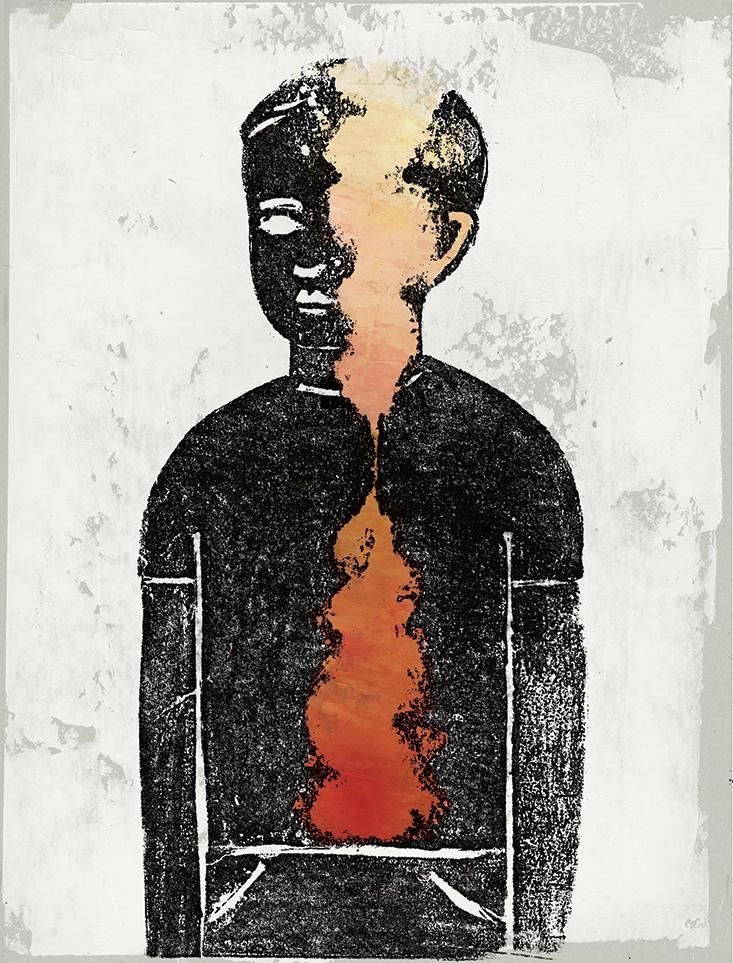Muscle spasms from anxiety
Why do my muscles twitch?
Have you ever been in a stressful situation and then noticed that your eyelid is twitching uncontrollably? Or your arm or leg muscles suddenly twitch, just as you’re falling asleep?
If so, you may be wondering what causes this and how to treat/prevent it.
Muscle twitching happens when of small groups of muscles contract involuntarily. The most common muscles that twitch are face, forearms, upper arms and legs.
Normally, nerve impulses get from the brain and reach the muscles to tell the muscles when to contract or move, which helps us perform body movements.
A certain amount of nerve impulse is needed at a baseline level to keep muscles healthy. Certain daily life situations, as well as diseases, can create imbalance in signal transmission (brain, spine and nerves) or signal reception (muscles), which then causes muscle twitching.
What causes muscle twitching?
Stress – Anxiety and stress can cause twitching by releasing neurotransmitters from the nerves supplying the muscles. Also, anxiety can make you hyperventilate, or breathe faster, which changes the ions concentration and pH in your body, and predisposes you to muscle twitching.
Lack of sleep – Sleep helps us recharge our bodies. Inadequate amounts of sleep can change hormonal balance and can alter the underlying excitability of muscles, making muscles more likely to twitch. Incomplete sleep cycles can also alter the storage ratio of neurotransmitters in the brain, which can also change the excitability of muscles.
Too much caffeine – Caffeine interacts with a molecule called ADP, which is essentially the currency for all energy transfer in our bodies at the cellular level. By changing the concentrations of ADP and ATP, excess caffeine can change the amount of energy at the muscle and cause muscle twitching. Think of this as “excess charge in a battery or spark plug” that causes abnormal firing of nerves and muscles.
Dehydration – Drinking healthy amounts of water allows the muscles to maintain the correct amount of salt in our body, which maintains normal muscle and nerve function.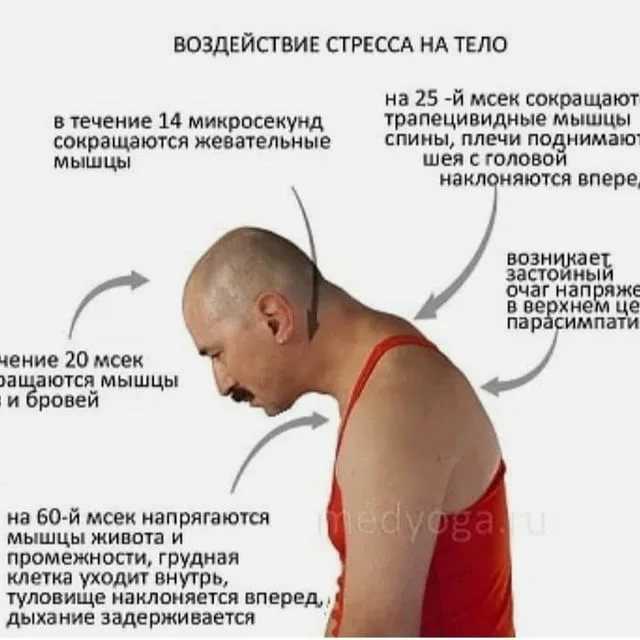 Losing excessive amounts of water can cause muscle twitching.
Losing excessive amounts of water can cause muscle twitching.
Poor nutrition – Certain elements and vitamins called “micronutrients” are required in our diet in small quantities to maintain the normal functioning of muscles and nerves. Think of these as “tiny keys” that can open “doors” at the cellular level so material can be moved from one compartment to another. Thus, small quantities of these elements can cause major changes. Imbalances in these micronutrients – either reduced levels or high levels – can cause muscle twitching.
Hormonal – Hormonal imbalances, such as thyroid or cortisol, can also cause muscle twitching by altering excitability of nerves and muscles.
Medications – Medications can alter the ions in our body (pH) and lead to muscle twitching. Never take medications prescribed for others. Always consult your primary care physician if you develop muscle twitching after starting a new medication.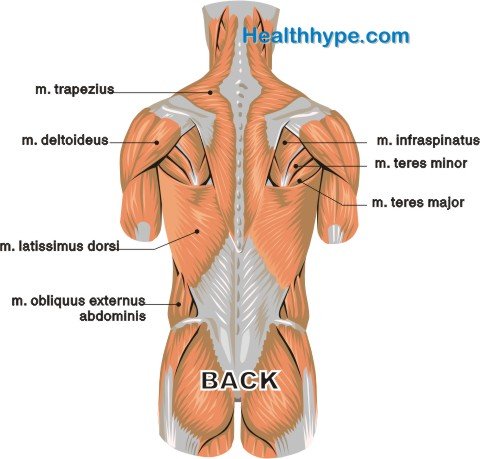
Neurological disorders – Certain diseases of the muscles or nerves, brain and spine can cause muscle twitching. Depending on the location, relationship to activity and pattern of muscle twitching, they can be a signature for particular conditions or disorders.
How can you stop muscle twitching?
Eat healthy. Eating a good combination of fresh fruits, vegetables, greens and nuts can help your body replenish and maintain the correct amount of salts and micronutrients to prevent muscle twitching.
Get enough sleep. Adults should aim for at least seven to eight hours of sleep to recharge your body and your systems.
Avoid energy drinks. These tend to contain extraordinary amounts of caffeine. It’s always a good idea to check the contents of any food or drink. Look at the active ingredients, calories, fat content and expiration dates to maintain a healthy lifestyle.
Drink plenty of water.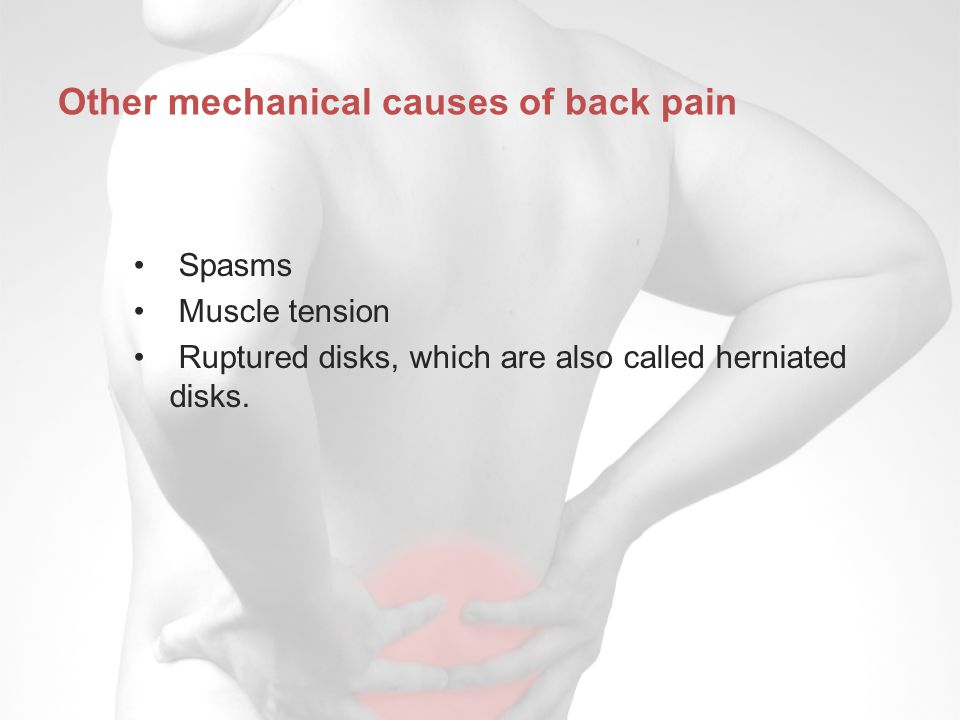 Try to keep track of how much you’re consuming and adjust water intake when you’re doing physical activity and during warm weather when we tend to sweat and lose more water.
Try to keep track of how much you’re consuming and adjust water intake when you’re doing physical activity and during warm weather when we tend to sweat and lose more water.
Exercise daily. A moderate amount of daily exercise is required to maintain the correct tone in muscles, which prevents muscle twitching. Try to exercise 30 to 45 minutes per day.
Talk to your doctor. If you’re taking multiple medications and then develop muscle twitching, let your doctor know.
How are muscle twitches different than muscle cramps?
Muscle twitches can be noticed, observed or felt, but are rarely painful. Muscle cramps tend to be painful.
Muscle cramps occur when large muscle groups undergo involuntary contractions. They can sometime happen if muscles twitches aren’t remedied by the measures mentioned above. In other conditions, muscle cramps maybe a signature of specific conditions.
When should you see your doctor about muscle twitching?
In some cases, you should see your doctor for muscle twitching, especially if they:
- Happen at rest
- Don’t get better with diet, hydration
- Continue or sustain for a long time
- Happen in multiple body parts
- Happen after you start a new medication
- Happen when you’ve been diagnosed with a new medical condition
- Are associated with fever, nausea, vomiting, weakness, headaches
Talk to your doctor about these concerns and ask for advice on what kind of lifestyle changes, medications or exercises could benefit your overall health and particular conditions you may have.
Kiran Rajneesh is director of the Neurological Pain Division in the Department of Neurology at The Ohio State University Wexner Medical Center. He is also part of the Comprehensive Spine and Pain Centers, Neurological Institute at The Ohio State University.
Symptoms, Causes, Treatment & Prevention
When you get anxious, your heart may start to race, worst case scenarios may run through your mind, and you can find yourself unable to sleep or sleeping too much.
These are some of the more commonly known symptoms of anxiety.
But you may also find yourself with muscle twitches. These may occur anywhere on your body — from your eyes to your feet.
Learn why anxiety may cause your muscles to twitch and how to treat and prevent it.
Anxiety twitching is a potential symptom of anxiety. Not everyone who has anxiety experiences anxiety twitching as a symptom.
Twitching is when a muscle, or group of muscles, moves without you trying to move it. This could be a small movement or a larger, jerking motion.
This could be a small movement or a larger, jerking motion.
Anxiety twitching can affect any muscles in the body and any number of muscles at a time. It may last for a few seconds or much longer.
In some people, anxiety twitching can happen off and on indefinitely.
Eye muscles are commonly affected by anxiety twitching.
Anxiety twitching often gets worse when you’re trying to go to sleep, but usually stops while you’re sleeping.
It also often gets worse as your anxiety gets worse. However, it may take some time for anxiety twitching to go away after you get less anxious.
Anxiety causes your nervous system to release neurotransmitters, which are chemicals that your body uses to send messages between neurons, or between neurons and muscles.
Some types of neurotransmitters will “tell” your muscles to move. When you have anxiety, neurotransmitters may be released even when there’s no clear reason for them to be released. This is what can cause anxiety twitching.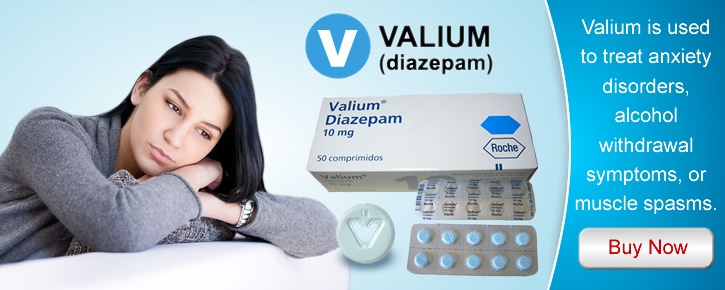
Another reason anxiety can cause muscle twitching is because it can cause you to hyperventilate. Muscle twitching is one symptom of hyperventilation.
If your twitching happens long-term or interferes with your daily life, your doctor may be able to help. To diagnose your condition, they’ll first take a medical history, which will include:
- questions about your symptoms
- when symptoms started
- details about the twitching
If you’re also experiencing anxiety with the twitching, be sure to tell your doctor. That might be enough for them to diagnose you with twitching related to anxiety. However, they might still do tests to rule out other conditions.
These tests may include:
- blood tests to look for electrolyte problems or thyroid issues
- an electromyogram (EMG), which looks at how well your muscles work
- a CT scan or MRI of your brain or spine
- a nerve conduction test, to see if your nerves are working correctly
If you have anxiety and other potential causes of twitching can be ruled out, your doctor will likely be able to diagnose you with anxiety twitching.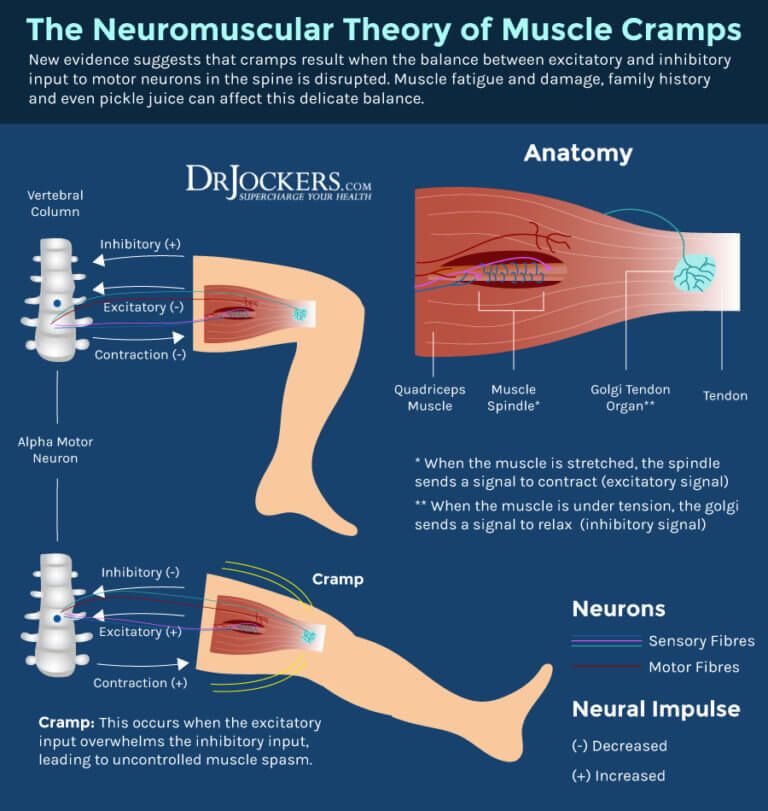
Treating anxiety is the best way to treat anxiety twitching.
If a doctor thinks your twitching is caused by anxiety, they may refer you to a mental health professional, such as a psychologist. They can do a more in-depth diagnosis of your anxiety and help you find the best treatment option.
Treatments for anxiety may include:
- psychotherapy, such as cognitive behavioral therapy, which focuses on changing negative thought patterns and reactions
- medications, such as antidepressants (which can also treat anxiety) or anti-anxiety medications
In most cases, the twitching itself doesn’t need treatment. However, home remedies and preventive measures may be able to help.
One way you can help prevent anxiety twitching is to help prevent anxiety in the first place.
Other preventive measures prevent the twitching itself, while some measures help prevent both anxiety and twitching more generally.
To help stop anxiety twitching:
- Eat a healthy diet.
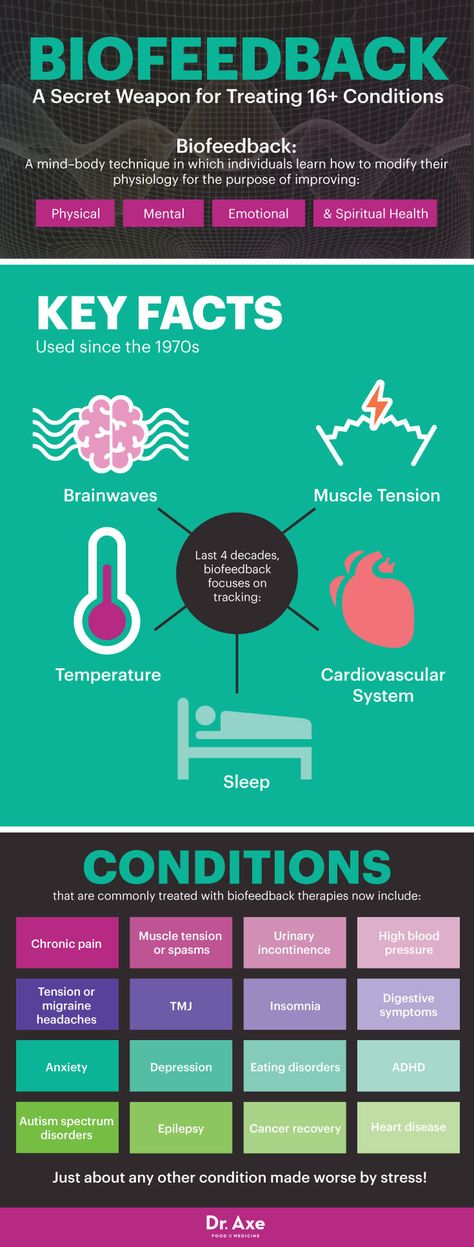 Having the right amount of salt and micronutrients makes your muscles less likely to twitch. A healthy diet can also help reduce anxiety.
Having the right amount of salt and micronutrients makes your muscles less likely to twitch. A healthy diet can also help reduce anxiety. - Get 7 to 8 hours of sleep per night.
- Avoid energy drinks or caffeine. They can make both twitching and anxiety worse.
- Get regular exercise. It helps reduce anxiety and tones your muscles, which makes them less likely to twitch.
- Drink water. Dehydration can lead to mild anxiety and make muscles twitch.
- Reduce stress as much as possible.
- Avoid drugs and alcohol.
- Try relaxation methods like progressive muscle relaxation. To do this, tense, then relax your muscles one group at a time, making your way from your toes to your head (or vice versa).
- Ignore the twitching. This can be hard, but worrying about it can lead to more anxiety. That can then make the twitching worse.
Muscle twitching caused by anxiety can be worrisome, but it’s usually a harmless symptom. In fact, trying to ignore the twitching is one way to reduce your anxiety, which can reduce the twitching.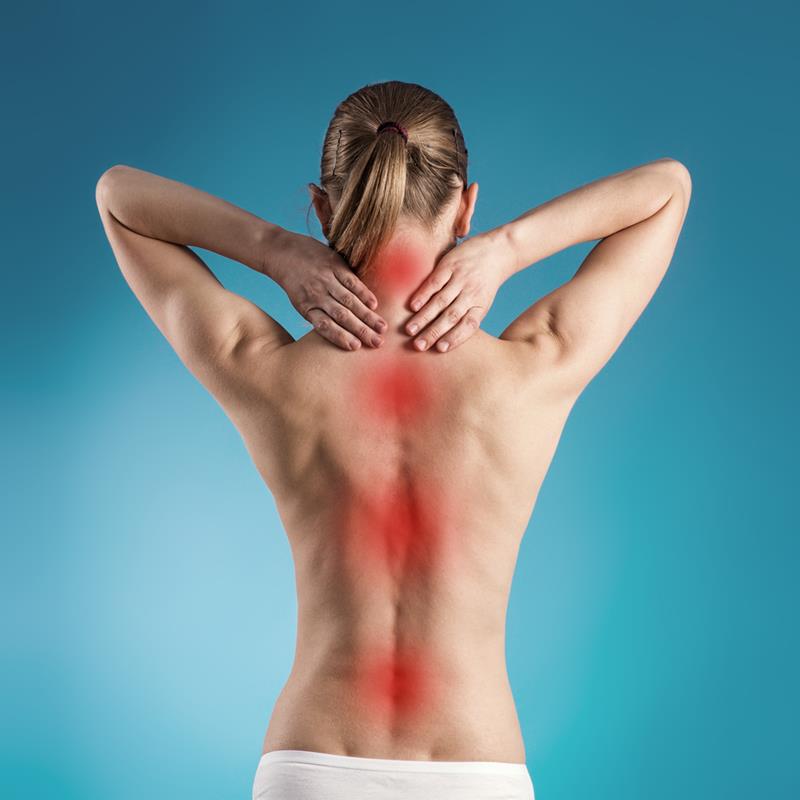
Anxiety twitching usually gets worse as your anxiety increases, but may take some time to subside once you reduce your anxiety.
If either the anxiety or the twitching interferes with your daily life, talk to a doctor about treatment options.
First Aid - Stamina Back and Joint Health Center
Most people who play sports or travel frequently have experienced the problem of muscle spasm at least once. Such symptoms make themselves felt with acute pain and can last quite a long time.
Let's figure out how to behave and how to quickly stop an attack of muscle spasms in an athlete or traveler when there are no medicines and a specialist nearby.
Why muscle cramps occur
Travelers and athletes are most susceptible to muscle spasms due to excessive physical activity: muscle fatigue accumulates, which provokes spasm, accompanied by acute pain syndrome.
If an athlete ignores the warm-up and stretching after it before starting the workout, the risk of unpleasant consequences will increase greatly.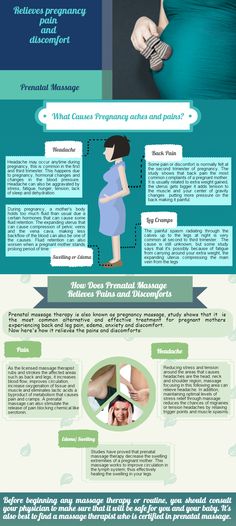 Other causes of muscle spasm include:
Other causes of muscle spasm include:
- extreme weather conditions, such as too high temperatures during training or climbing a mountain in the rain;
- mechanical damage;
- injuries that can affect groups of compensating muscles received earlier;
- unhealthy diet, drinking on the eve of training or hiking;
- taking certain medications;
- Incorrectly fitted shoes that hinder movement.
Muscle spasm can occur due to circulatory disorders, metabolism and even due to lack of vitamins.
We recommend that everyone who has been diagnosed with diseases of the musculoskeletal system, before starting sports or staying on long hikes, be sure to consult and obtain permission from a specialist.
First aid for muscle spasms
How to recognize a muscle spasm? The first and most important spa symptoms are acute pain and a feeling of stiffness in a certain part of the body. It is necessary to immediately take a comfortable position in which the disturbing part of the body will be in a relaxed state, and then provide first aid:
- for pain in the calves, it is necessary to pull the big toe towards you: this will allow the muscles to stretch, the spasm should weaken and stop after a short period of time;
- with a spasm of the thigh muscles, it is necessary to bend the leg at the knee and stretch forward, while trying to pull the legs to the buttocks as much as possible;
- a sharp muscle pain in the abdominal area is removed in the supine position: stretch your arms forward and stretch behind them back;
- for any spasms, it is important to immediately stop any physical activity;
After giving first aid, do not continue training, it is better to remain at rest.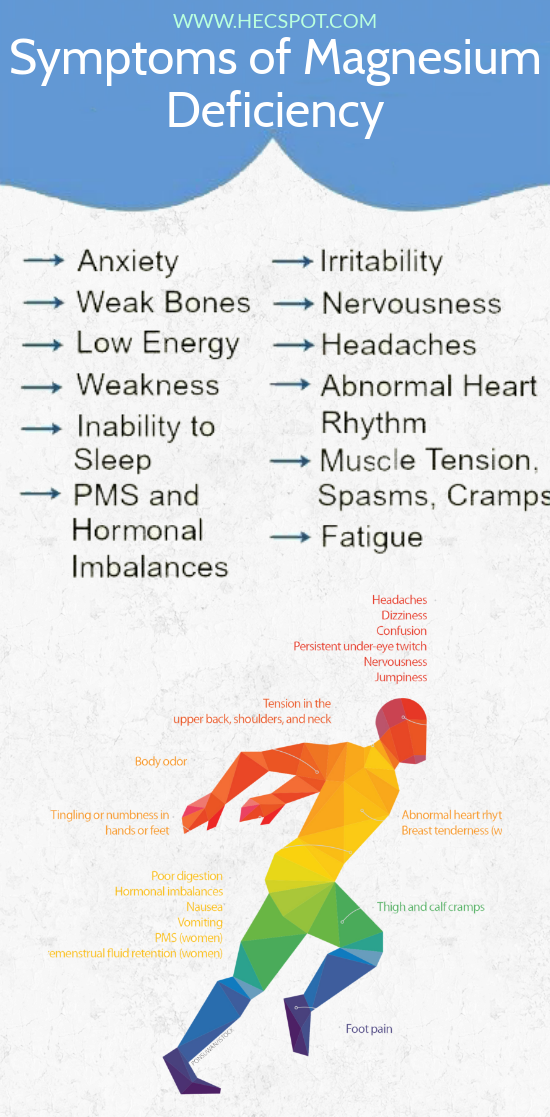 If the muscle has become hard, then it is necessary to stretch it, and in the future you can apply an elastic bandage.
If the muscle has become hard, then it is necessary to stretch it, and in the future you can apply an elastic bandage.
What to do after the spasm has passed
After the relief of pain, it is important to limit any load. A relaxed muscle needs 15-20 minutes of rest, otherwise the spasm may recur. If possible, drink water - quite often the cause of painful muscle contraction is dehydration. This is especially true for travelers who are on a long hike.
If you experience muscle spasms regularly and frequently, accompanied by painful cramps, we recommend that you seek the advice of a specialist. Such manifestations may indicate the development of other diseases that require medical control.
Prevention and treatment of muscle spasms in the center "Stamina" in Kyiv
The best way to deal with any such problem is competent and timely preventive measures. To reduce the risk of muscle spasms, we recommend following very simple rules:
- It is especially important for athletes to properly warm up before any workout in order to warm up the muscles and joints.
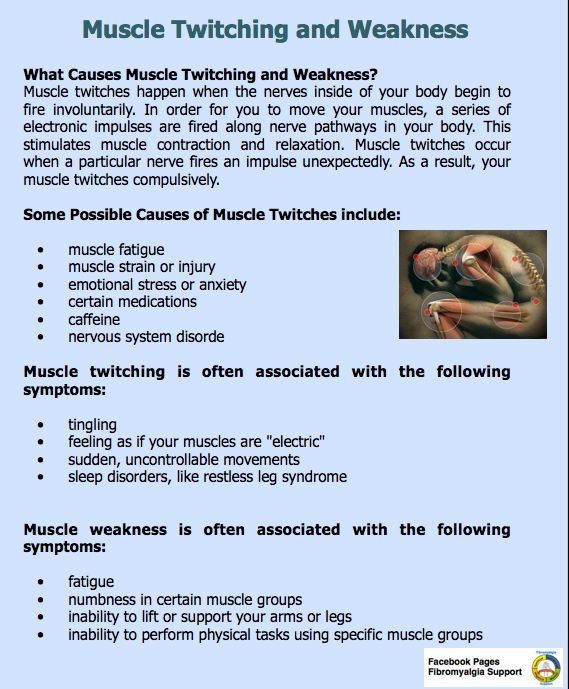
- It is useful for travelers to do stretching at the moments of halts. After heavy transitions, this will help to relax all muscle groups that have been involved.
If you play sports, love to travel or regularly experience muscle spasms in your daily life, we recommend visiting our back and joint health center for an examination and consultation with a specialist. We help patients reduce the risk and forget about muscle spasms through training on special medical equipment, gentle osteopathic techniques and therapeutic massage. This approach deeply affects the tissues, improves blood circulation, and also relaxes tense muscles and returns them to softness and elasticity, allowing not only to remove the symptom, but also to prepare the body for stress.
These simple rules and individual treatment will help you not to worry about unexpected muscle spasms at the most inopportune moment.
Treatment of muscle spasms in St. Petersburg
- Home
- Neurology
- Treatment of convulsions and spasms
- Muscle spasm
Muscle spasms may occur in striated (skeletal) and smooth tissues. In the first case, the symptoms suggest a significant decrease in mobility and can be supplemented by paralysis, and in the second, there is a possibility of dysfunction of internal organs (for example, angina pectoris is characterized by spasm of the muscles of the walls of blood vessels, bronchial asthma - bronchospasm). Moreover, spasms appear in any organ - the esophagus, stomach, intestines, etc.
The occurrence of acute spasms is rare and is usually observed in the spine after handling heavy objects or sudden movements...jpg) But often an acute spasm of the back muscles is observed a day later after exertion on the body or a long stay in an uncomfortable position. The syndrome can be localized in the lumbar region, neck, hips, arms or legs.
But often an acute spasm of the back muscles is observed a day later after exertion on the body or a long stay in an uncomfortable position. The syndrome can be localized in the lumbar region, neck, hips, arms or legs.
Often, spasms can migrate throughout the limb, down to the fingertips, and are accompanied by a feeling of numbness. Much less often, there is a spasm of the pectoral muscle, characterized by pain in the back or under the shoulder blade and accompanied by the risk of pinching the nerve.
Consultation of a doctor for the treatment of muscle spasms:
+7 (812) 407-18-00
Thank you for your trust!
- Neurologists of the highest category
- Therapeutic massage and acupuncture
- Medical treatment of muscle spasms
| Service | Price | |
|---|---|---|
| Neurologist appointment | 2 840 ₽ | |
| Electroneuromyography | 4 100 ₽ |
Causes of muscle spasms
Main types of muscle spasms
Most often, doctors observe the following varieties of the syndrome:
Spasm of the neck muscles
It is characterized by unilateral pain in the neck region of a sharp and shooting type, accompanied by stiffness of the neck, hardening of the muscles.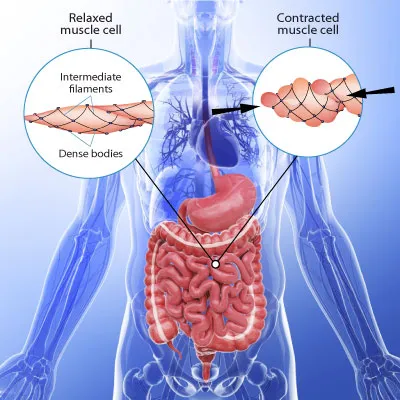 At the same time, the movements of the patient's head are significantly limited, depending on the intensity of the syndrome, breathing difficulties may be observed;
At the same time, the movements of the patient's head are significantly limited, depending on the intensity of the syndrome, breathing difficulties may be observed;
Spasm of the back muscles
This is a very common form of the disease, accompanied by a violation of sensitivity, the appearance of "goosebumps" on the skin and is characterized by sharp and acute pain in the spinal region. Possible migration of pain in the legs, thighs and buttocks. The syndrome significantly hampers the movement of the patient, often the treatment of this type of muscle spasm requires the appointment of strong painkillers;
Spasm of the muscles of the legs
The main factor for their appearance is sedentary work and activities that prevent normal relaxation of the muscles of the lower extremities. Along with this, spasm of the thigh muscles can cause hypothermia, lack of vitamins and trace elements, damage to the spinal nerve, impaired blood supply to the lower extremities;
Spasm of the pectoral muscles
Stress, nervous disorders, neurological pathologies serve as a trigger for its appearance. There may be difficulty breathing, swallowing;
There may be difficulty breathing, swallowing;
Spasm of the lumbar muscle
Its symptoms are similar to spasms of the neck and back, expressed in a feeling of numbness, reduction or loss of sensation in the lower back, the appearance of a sharp shooting pain that makes it difficult to move and perform daily duties. On palpation of the lumbar region, there is a pronounced stiffness and stiffness of the muscles;
Spasms of the muscles of the head and face
In this syndrome, there is stiffness of the neck, chin, mouth, cheeks, accompanied by periodic twitching. There may also be a feeling of discomfort in the corners of the lips, stuttering, damage to the ear muscles, pain in the eyelids or forehead. The syndrome often resolves on its own, but with its frequent and prolonged manifestations, clinical treatment of muscle spasm is required;
Spasm of the eye muscles
They are characterized by a feeling of pain and burning in the eyes, pain in the temporal part of the head, impaired vision, increased irritability and fatigue;
Spasm of the abdominal muscles
The syndrome often provokes manifestations such as flatulence, nausea, bloating, and general discomfort in the abdomen.